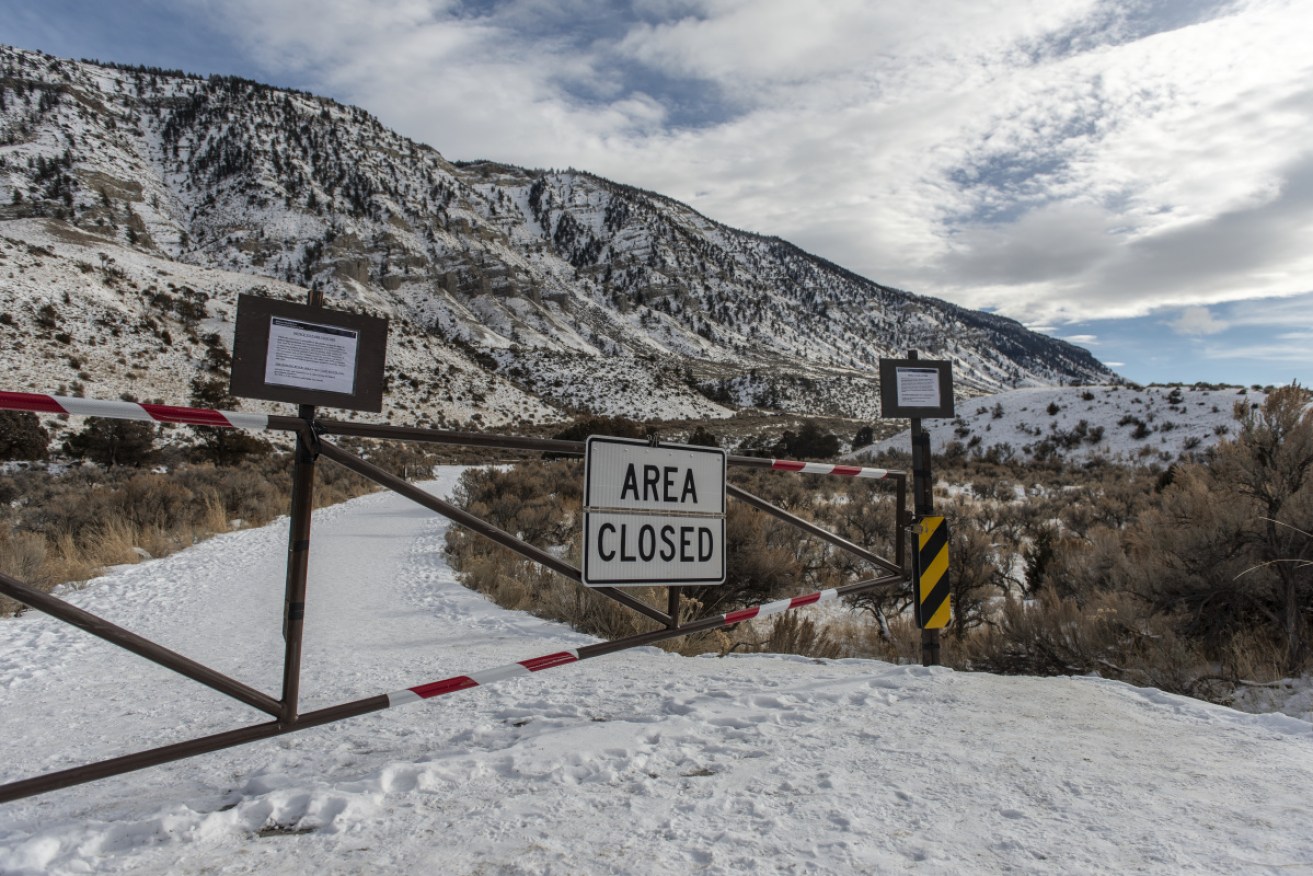What the partial US government shutdown means for tourists


Approximately one-third of national parks in the US have been shutdown in the wake of the federal government shutdown. Photo: Getty
Travellers to the US are facing the prospect of longer airport wait times and closures of key tourist attractions such as national parks and museums as the American government endures one of its longest shutdowns on record.
Numerous parts of the US government were shut down on December 22 after US President Donald Trump failed to secure $US5 billion to fund a wall along the nation’s border with Mexico, which the embattled president claims is critical to the safety of the US.
It’s unclear when the shutdown might end, with Mr Trump allegedly telling Senate Democratic leader Chuck Schumer he’s willing to maintain it for “months or even years”, though the president will be giving an address from the Mexican border at 1pm AEDST on Wednesday.
The closure of key agencies has left thousands of government employees either furloughed or working without pay, and unfortunately for tourists resulted in many – but notably not all – national parks, museums, and other tourist attractions being left either unmanned or completely closed to visitors.
The New Daily investigated the shutdown’s implications for tourists.
Airport wait times could balloon
The Transportation Security Administration (TSA) – the body responsible for protecting the nation’s transport system – is one of the agencies affected by the shutdown. And while its staff are considered ‘essential’ and asked to work without pay until the shutdown ends, the agency has reported record numbers of staff calling in sick.
This has prompted warnings that “wait times may be affected”, the TSA warned in a statement on Twitter, though the agency added that screening wait times have so far remained “well within TSA standards”.
Statement on nationwide “sick out” as reported by CNN’s Rene Marsh and Gregory Wallace. #News pic.twitter.com/RK0wiFLRJt
— TSA (@TSA) January 4, 2019
“TSA is closely monitoring the situation. Call outs began over the holiday period and have increased, but are causing minimal impact,” the agency wrote.
“TSA is grateful to the agents who show up to work, remain focused on the mission and respectful to the travelling public.”
Parks and museums closed
National parks staff have been asked to keep the parks as accessible as possible while still obeying the law throughout the shutdown, but according to independent lobby National Parks Conservation Association (NPCA) a third of these sites have had to close completely.
“Gates at many other park sites remain open, but few if any staff are on hand to protect visitors and park resources, and many visitor centres and restrooms remained locked,” the NPCA said.
Similarly, the shutdown has resulted in the closure of all 19 Smithsonian museums, the US National Zoo, and National Art Gallery.

The Smithsonian Institute has closed its museum, zoo, and gallery doors. Photo: Getty
“These national treasures and the communities that depend on them are bearing the burden of the partial shutdown,” American Alliance of Museums president and CEO Laura Lott said.
“The shutdown also burdens tourists, travellers, students and museum-goers throughout the US and around the world who have travelled to visit cultural and heritage sites.”
The NPCA estimate the shutdown is currently costing the National Parks Service $US400,000 a day in lost entrance fee revenues, and Ms Lott said the US stands to take “significant losses” from the museum closures, too.
“Museums are economic engines, supporting more than 726,000 jobs and contributing $50 billion to the US economy per year,” she said.








